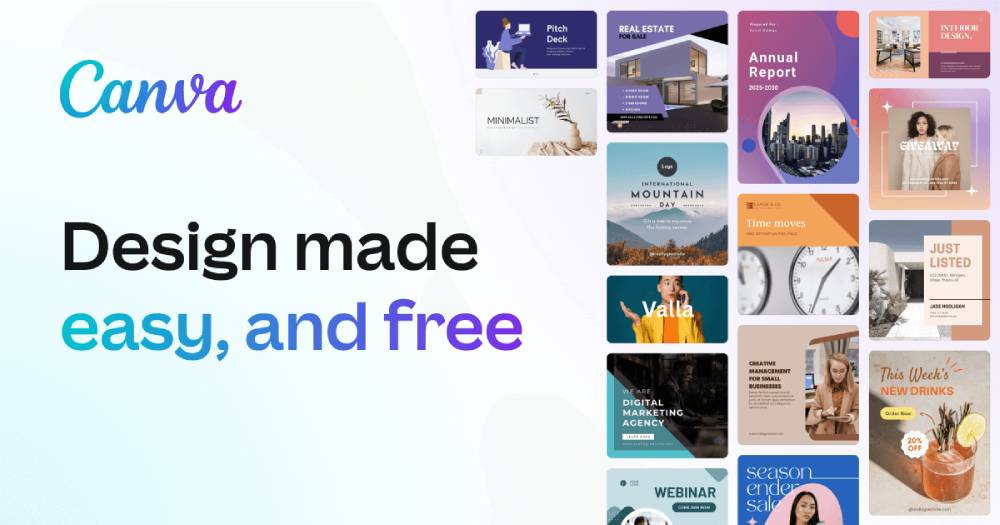
How to Create Engaging Content for Your Digital Product
Content is the bridge between your digital product and your audience. Without strong, engaging content, even the best product can struggle to attract attention.
Good content marketing is not about flooding the internet with posts. It is about building real user engagement through valuable, relevant, and consistent content creation.
This guide will show you simple ways to create content that connects, converts, and keeps users coming back.
Pro Tip: Great content does not talk at people — it speaks with them.
Quick Guide: How to Create Engaging Content
- Understand your audience deeply.
- Focus on solving real problems.
- Mix different content formats (articles, videos, infographics).
- Use a consistent voice and tone.
- End every piece with a strong call-to-action.
- Measure what works and improve over time.
Important: Content is a long game — patience and consistency win.
Step-by-Step Guide to Content Marketing for Digital Products

Step 1: Know Your Audience Inside Out
Before writing a word, you need to know who you are speaking to.
Questions to answer:
- What are their biggest frustrations?
- What goals are they trying to reach?
- Where do they spend time online?
- What content formats do they prefer?
Quick Tip: Build simple customer personas to keep your audience in mind at all times.
Step 2: Solve Real Problems
People care about their own lives, not your product features. Great content shows how your product helps them live, work, or feel better.
Focus on:
- Educating: Teach something useful.
- Inspiring: Show success stories.
- Supporting: Answer common questions.
| Problem | Content Idea |
| Confused about budgeting apps | “5 Signs You Need a Budget App (And How to Pick One)” |
| Struggle to stay fit | “How to Build a Workout Routine in 20 Minutes a Day” |
Pro Tip: Always ask yourself — what does the reader get from this?
Step 3: Choose the Right Content Formats

Not all content types work for every audience. Mix and match to keep things fresh and meet users where they are.
Popular formats include:
- Blog posts and articles.
- How-to guides and tutorials.
- Infographics.
- Short videos or reels.
- Webinars and live Q&A sessions.
| Format | Best For |
| Blog posts | SEO and long-term traffic. |
| Videos | Quick, engaging education. |
| Infographics | Quick facts and visual storytelling. |
Quick Tip: Repurpose content across formats — a blog post can become a video script and infographic too.
Step 4: Write in a Consistent Voice and Tone
Your brand should sound like a familiar, trusted friend — not a corporate robot.
Keep your voice:
- Friendly but professional.
- Helpful, not pushy.
- Clear, not jargon-heavy.
- Positive and empowering.
Sustainability Tip: Style guides (even simple ones) help maintain consistency across all content creators.
Step 5: Craft Headlines That Grab Attention
Your headline is the doorway to your content. If it is weak, even the best article will go unread.
Good headlines are:
- Clear about the benefit.
- Short and punchy.
- Emotionally appealing.
| Weak | Strong |
| “Our App Features” | “7 Ways Our App Makes Your Life Easier” |
| “Update 2.0 Notes” | “See What’s New: Faster, Smarter, Simpler” |
Pro Tip: Spend as much time on headlines as you do writing the post itself.
Read more about Designing for Mobile-First: Why It Matters in 2025.
Step 6: End with a Strong Call-to-Action (CTA)
Do not leave readers wondering what to do next. Guide them clearly.
Effective CTAs include:
- “Start your free trial today.”
- “Download the guide and save your spot.”
- “Join our community and stay updated.”
Important: Every piece of content should have a goal — even if it is just getting a reader to subscribe.
Step 7: Measure and Improve Your Content Over Time
Content without measurement is like flying blind.
Metrics to track:
- Page views and time on page.
- Bounce rates.
- Shares, likes, and comments.
- Conversions from content (email signups, trial signups, purchases).
| Metric | Healthy Range |
| Average Time on Page | 2–4 minutes |
| Bounce Rate | Under 60% for blogs |
| Engagement Rate | 2–5% for social posts |
Quick Tip: Update or remove old content that no longer performs — keep your site clean and valuable.
Recommended Tools for Content Creation and Marketing

Here are tools that can make content marketing easier and better:
| Tool | Best For |
| Canva | Easy graphic design for non-designers. |
| Grammarly | Clear, error-free writing. |
| SEMrush | Content research and SEO planning. |
| Buffer | Social media scheduling and management. |
| Typeform | Creating interactive surveys and quizzes. |
Warning: Tools help polish — but strong ideas and authentic connection matter more.
Frequently Asked Questions
How often should I publish content?
Consistency matters more than speed. Start with once a week if possible — adjust based on your capacity and audience needs.
Should I create content even before launching my product?
Yes. Building an audience early creates momentum for your launch. Share helpful tips related to your industry or the problem your product solves.
How do I know what topics to cover?
Listen to your audience. Monitor customer questions, social media discussions, and keyword research tools to find hot topics.
Should I hire writers or create content myself?
If writing is not your strength, hire help — but always keep final approval to maintain your voice and standards.
What is the biggest mistake to avoid in content marketing?
Talking about yourself too much. Focus on the reader’s needs, not your brand’s features.
Connect, Help, and Grow
Good content builds relationships — not just rankings or clicks. By focusing on solving real problems, writing with heart, and staying consistent, you can grow an audience that trusts you, believes in your product, and sticks around.
Help first. Connect deeply. Grow wisely.
Discover more in How to Analyse User Data to Improve Your Digital Product.


